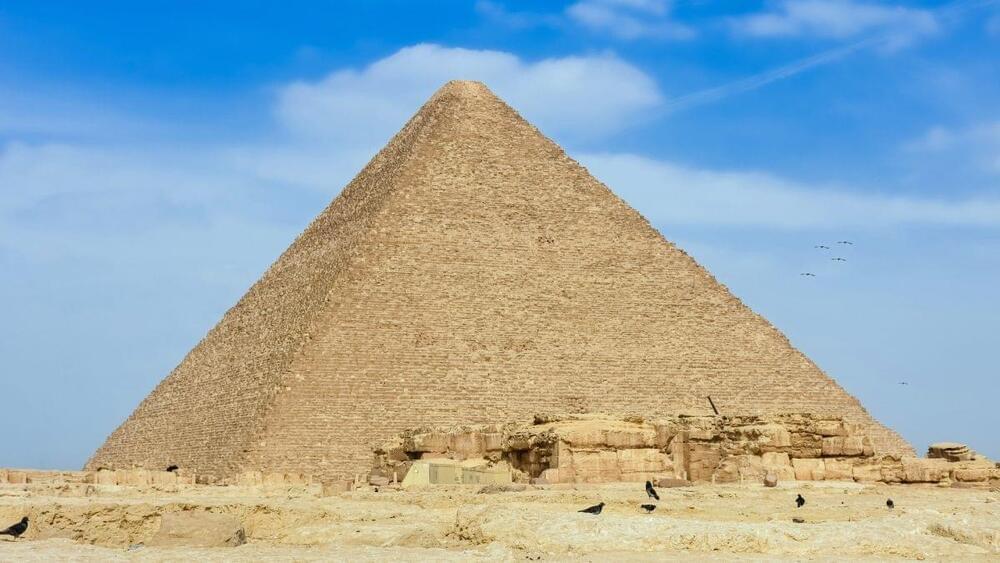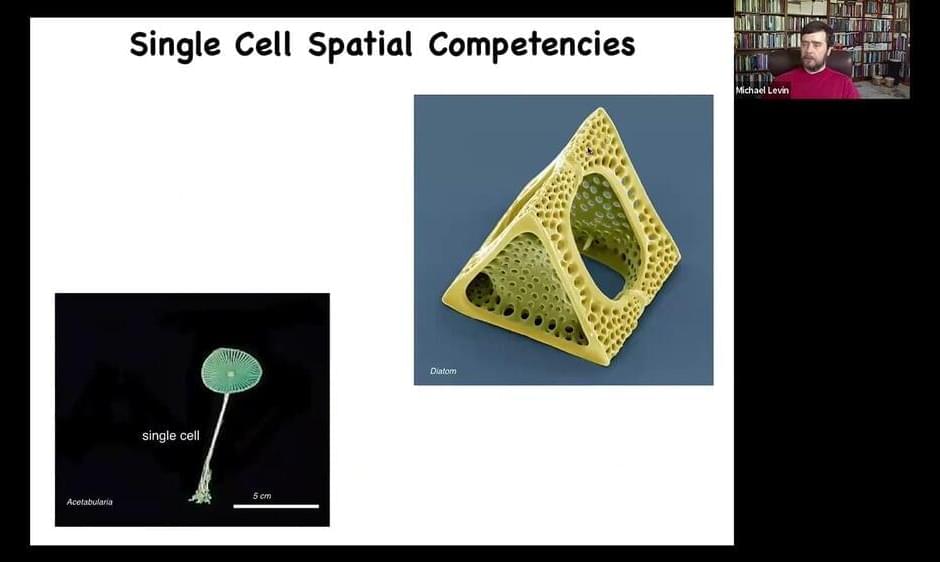The powerful scan of the Great Pyramid of Giza could finally reveal what’s inside its two mysterious voids after 4,500 years.
O.o!!!!
Per a new study, administering the drug rapamycin to mice everyday for the first 45 days of their lives % extends life expectancy by an average 10 percent.
Plastic is everywhere and is even in us. This poses an environmental and health risk. What are researchers doing to combat this?
We ingest it. It is in our oceans, water, and soil. Researchers are trying to clean up our mess. Here are two projects to note.
A recent review published in the Journal of Autoimmunity discussed the applications of single-cell ribonucleic acid sequencing (scRNA-seq) in understanding autoimmune disorders.
The review comprehensively covered the principles, procedures, and sequencing platforms used in scRNA-seq, and explored its use in understanding the mechanisms of nine systemic and 32 organ-specific autoimmune and autoinflammatory diseases.
Autoimmune diseases (AID) are a complex phenomenon involving various types of cells. The diseases occur when the body’s immune system fails to recognize its cells and components and launches an immune response against them. Autoimmune diseases are broadly divided into organ-specific and non-organ-specific AID.
*Intelligence Beyond the Brain: morphogenesis as an example of the scaling of basal cognition*
*Description:*
Each of us takes the remarkable journey from physics to mind: we start life as a quiescent oocyte (collection of chemical reactions) and slowly change and acquire an advanced, centralized mind. How does unified complex cognition emerge from the collective intelligence of cells? In this talk, I will use morphogenesis to illustrate how evolution scales cognition across problem spaces. Embryos and regenerating organs produce very complex, robust anatomical structures and stop growth and remodeling when those structures are complete. One of the most remarkable things about morphogenesis is that it is not simply a feed-forward emergent process, but one that has massive plasticity: even when disrupted by manipulations such as damage or changing the sizes of cells, the system often manages to achieve its morphogenetic goal. How do cell collectives know what to build and when to stop? Constructing and repairing anatomies in novel circumstances is a remarkable example of the collective intelligence of a biological swarm. I propose that a multi-scale competency architecture is how evolution exploits physics to achieve robust machines that solve novel problems. I will describe what is known about developmental bioelectricity — a precursor to neurobiology which is used for cognitive binding in biological collectives, that scales their intelligence and the size of the goals they can pursue. I will also discuss the cognitive light cone model, and conclude with examples of synthetic living machines — a new biorobotics platform that uses some of these ideas to build novel primitive intelligences. I will end by speculating about ethics, engineering, and life in a future that integrates deeply across biological and synthetic agents.
World of Tomorrow
Posted in futurism
A little girl is taken on a mind-bending tour of her distant future. 2016 Academy Award nominee for Best Animated Short Film.
World of Tomorrow Episodes Two and Three are now streaming in our YouTube Members Section.
All of the films are also now available on Blu-ray: http://www.bitterfilms.com/bluray.html
For millennia, scientists and technologists have been scouring the natural world for clues on how to live longer. But is anyone any closer to finally defeating aging?
As the 3rd presenter during the morning session of the American Society for Dermatologic Surgery Meeting, “Emerging Concepts,” Saranya Wyles, MD, PhD, assistant professor of dermatology, pharmacology, and regenerative medicine in the department of dermatology at the Mayo Clinic in Rochester, Minnesota, explored the hallmarks of skin aging, the root cause of aging and why it occurs, and regenerative medicine. Wyles first began with an explanation of how health care is evolving. In 21st-century health care, there has been a shift in how medical professionals think about medicine. Traditionally, the first approach was to fight diseases, such as cancer, inflammatory conditions, or autoimmune disorders. Now, the thought process is changing to a root cause approach with a curative option and how to rebuild health. Considering how to overcome the sequence of the different medications and treatments given to patients is rooted in regenerative medicine principles.
For skin aging, there is a molecular ‘clock’ that bodies follow. Within the clock are periods of genomic instability, telomere attrition, and epigenetic alterations, and Wyles’ lab focuses on cellular senescence.
“We’ve heard a lot at this conference about bio stimulators, aesthetics, and how we can stimulate our internal mechanisms of regeneration. Now, the opposite force of regeneration is the inhibitory aging hallmarks which include cellular senescence. So, what is cell senescence? This is a state that the cell goes into, similar to apoptosis or proliferation, where the cell goes into a cell cycle arrest so instead of dividing apoptosis, leading to cell death, the cell stays in this zombie state,” said Wyles.
Artificial intelligence models are being used to try to predict the future of artificial intelligence research. Thankfully, none of them say we are due an AI apocalypse.









